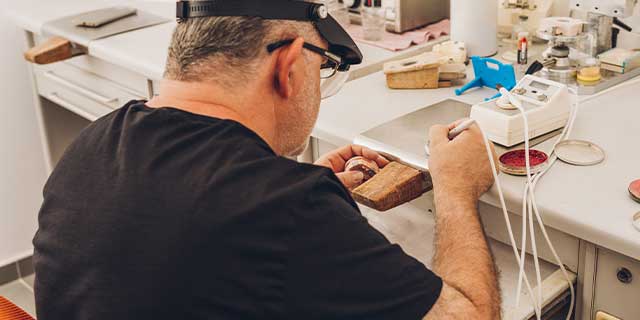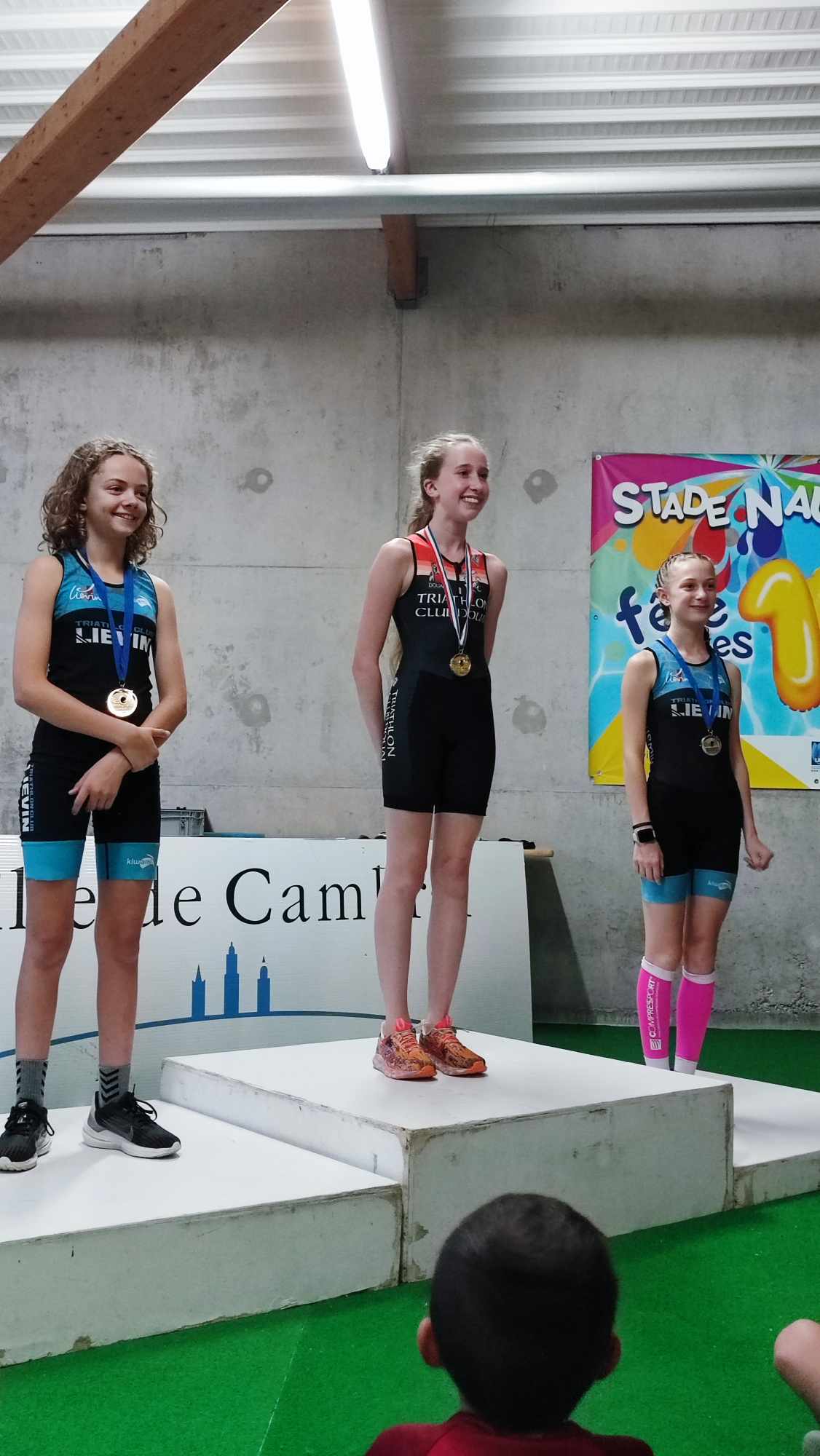
Low Volume, Cost-Effective Alternative to Injection Molding
A startup that is working on a new product with low volume needs to consider alternative to injection molding. Because choosing lesser volume allows startup organizations to test new markets and products with the least number of risks and costs.
Modern businesses have indeed undergone significant changes because of increased competition. Such that to meet the flexibility and customization expectations of clients, production processes are gradually transitioning to more modern modes. Low-volume production has increasingly become popular in recent years.
A startup that is yet to develop its new product has a significant degree of uncertainty about whether its product will succeed in the market. As a result, investing several thousand dollars in injection molding of a product idea that is unproven may be risky for the success of that product.
Therefore, if you are a startup, we are going to look at what alternative to injection molding can actually help you archive your business goals without hassle in terms of production.
Low-Cost Alternatives to Injection Molding for Low Volume Production
3D Printing
Because tooling has no costs and there is no upfront investment, 3D printing is becoming a more viable choice for many products and parts. Personalization is also possible with additive manufacturing, which is a creative and competitive advantage. 3D printing is quick and consistent. The quality and accuracy of the parts are also excellent. Because it has no permanent tooling, you may make iterations and change designs as you go. Part costs may be considerable, considering the weight and size of your part, but adoption costs are decreasing always. With so many different 3D-printing technologies to choose from, you must be cautious in your selection. The material options and possibilities for diverse surface finishes are the fundamental limitations of 3D printing. Also, if you’re making a lot of parts, different procedures can be more cost-effective.
Thermoforming
Thermoforming entails making your product`s mold, then heating and shaping a thin plastic sheet using pressure, vacuum, or mechanical force. Extra material is taken off once the plastic sheet adopts the form of the mold. You can form the mold out of cheap materials such as wood or plastic because this process requires temperature and low pressure. The surface polish of this process is very crucial because the molded product collects microscopic details around the mold. Thermoforming, on the other hand, cannot manufacture extremely complicated pieces like the other techniques. As a result, it is restricted to relatively basic products such as –
- Packaging trays
- Car door panels
- Simple product housings
- Large appliance panels, and
- Dashboards
- Rotational Molding
Rotational molding is a great option for large, hollowed, or open-side items. Rotational molding creates items by rotating molds along 2 different right-angled axes while using mostly thermoplastic liquids or powders. The resins cement together until the molds all catches enough heat. This generates homogeneous layers on the surface of the mold. The quantity of resin used in the mold determines the thickness of the walls. Rotation molding tools are less expensive and easier to manufacture than injection molding tools. Most companies find rotation molding as the best alternative to injection molding because the mold does not don`t need any –
- sprue
- mold lines, or
- ejection marks
But the method can handle a wide range of part sizes, from boat hulls to doll heads. It produces parts without any molded-in stress because it is a low-pressure technique. Rotation molding components have high load-bearing properties structurally, and reinforcements can be formed if extra stiffness is required. Only a few materials, however, are appropriate for use in rotational molding. Because the materials must be pulverized to fine consistent particle size to mold correctly, they are also very expensive.
Urethane Casting
Urethane Casting is also great alternative to injection molding. The only thing is that it doesn’t have the same upfront costs, as well as extended lead times. You can use this alternative to create the master template of your product using 3D printing, or a CNC Machine with the requisite surface polish. This template is used to make a silicone or urethane mold, into which an appropriate resin is injected to make many duplicates of a product. The mold is usually good for about 20 runs. This process yields a wide spectrum of compounds that can imitate the materials of production grade, ranging from flexible elastomers such as silicone rubber to rigid plastics like ABS while maintaining the quality of production-grade. This method is ideal for testing the market, gathering input from early investors, and testing technical and design objectives in small batches of 200–300 pieces.
CNC (Computer Numerical Control) Machining
CNC (Computer Numerical Control) machining is a dependable method that is as important today just like when it was originally developed in 1950.
- Plastics
- Wood
- Metals
- Ceramics
and other materials may be treated in a CNC machine, making it one of the most versatile production processes. CNC machining is used to manufacture accurate molds, dies, or patterns for many other production processes such as molding, casting, forming, or extruding due to the high precision, quick turnaround, and a broad choice of materials available. CNC machining setup costs are greater than 3D printing setup costs, especially for its complex geometry. As a result, it’s more suited to low-to-medium-volume production with quick turnaround times than one-off production. CNC machining can sometimes be used in conjunction with other manufacturing processes in the place of secondary activity. CNC machining, for example, can be utilized to produce finer tolerances on 3D printed objects as a secondary process.
Silicone Molding
Silicone molding is straightforward and precise, and it can forgive a lot of mistakes. Starting with a master portion is the plan. This portion can be encased in molding material, and the negative can then be used to make a variety of pieces. By holding it on separators and surrounding it in a supporting frame, this masterpiece can be encased. Gather all the necessary tools, materials, and safety equipment before beginning the process of manufacturing a silicone mold. Because the professional career of polymers, is limited, it is critical to have it all ready and convenient. As a startup with low production, this is one of the alternatives to injection molding you can try out.
Structural-foam molding
This is an alternative where parts are created with a foam core wrapped in hard
skin. The process has a strength-to-weight ratio than the one made with modern injection molding. Load bearing capability is improved by 70% using skin-care construction. Tooling expenses could be reduced by 10% to 20%. The method employs a minimal clamp weight, as molds are feasible.
Parts made of structural foam molding are exceptionally lightweight. The average weight per cubic foot ranges from 55 pounds to only 2 pounds. Aside from the weight savings, the structural form molding method is also strong, long-lasting, and exceptionally rigid.
Conclusion
These are the alternative to injection molding for low-volume manufacturing. Choosing the right one for your project is based on a variety of criteria, so consulting with a professional before making any decision may be beneficial. But you should note that the cost of a production process at a given volume is heavily influenced by the geometry of the part. Depending on the item geometry, injection molding with lesser quality aluminum molds or steel can be considered for numbers around 300–500 parts. The moment you have a concept that won’t change drastically in the future, you should contact a potential manufacturer.
GloberDesign is a full-service product development and design firm that will turn your concept into a finished product. They assist both startups and entrepreneurs who need help with Mechanical Engineering Industrial Design, Prototyping, Branding, Packaging. They also provide all other support they may require to quickly bring their products into the market.



